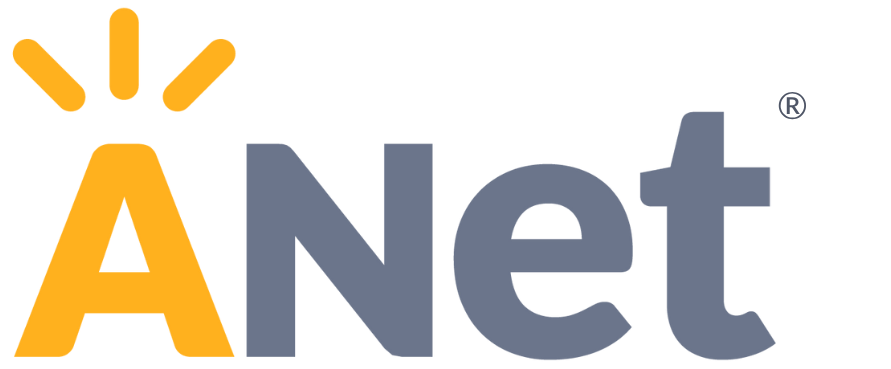For two principals at New Paradigm for Education (NPFE) schools, data isn’t a tool for accountability: it’s a compass that guides them throughout every stage of planning, instruction, and reflection.
How do these leaders apply data as a year-round instructional driver instead of just a year-end report card? It’s a process that begins well before students walk through the doors each school year.
Build a data-based foundation.
At the start of the year, Principal Aundrea Johnson of Detroit Edison Public School Academy (DEPSA) knew she needed to make math a primary focus. She and ANet coach Marvin English looked at predictive assessments to identify gaps—but they looked for strengths, too.
“Analyzing data for students’ strengths is powerful, because teachers can extend instruction from the foundational skills and knowledge students already have,” Marvin explains.
Johnson saw that DEPSA’s students have strong procedural skills. “We’re very concrete at teaching procedural elements of standards,” she says. “But children were falling short when the level of rigor increased. Students struggled with application.”
Meanwhile, ANet’s executive director for Michigan, Ronetta Wards, worked with Principal Robert Hines to redefine the role of data at University Yes Academy (UYA). In the past, Hines had taken a compliance view. “I was thinking about it before as: We need 75% of students to be proficient,” he recalls. “That's how I was thinking about it: We’ve got to have these numbers.”
But Ronetta encouraged him to think about the meaning behind the numbers. “She said: Let's break this down past that 75%. How many kids? Which kids?”
Through Ronetta’s reframing, Hines began to see data as a tool to support teachers with instruction. “I started looking at the data in terms of kids and what we need to do for kids in order for them to be more successful,” he says.
Use data to shape your goals and plans.
Guided by her new understanding of DEPSA’s strengths and weaknesses, Johnson designed professional learning that would help teachers leverage students’ procedural knowledge to build their skills in conceptual understanding and application.
And at UYA, Hines refocused on instruction. “We began to think about what instructional changes could support our kids in the changes we wanted to see,” he explains. “We identified three focus areas: culture of error, student ownership, and student discussion.”
Ronetta urged Hines to do the same exercise with his coaches. “They came up with the same things we did, plus more,” says Hines. “It wasn’t just my idea, but a shared vision, because we came up with it together.”
Find a focus.
Planning became the center of professional learning at UYA. Instructional leaders worked with teachers to plan lessons, driven by data and guided by the three focus areas they had set. “What we found was that by focusing on one thing—annotating lesson plans—we still covered productive struggle, guided discourse, and other core actions,” says Hines.
Similarly, at DEPSA, Johnson focused on strong implementation of the core actions. “We were intentional in observations about naming core actions we're seeing and taking a look at trends across grade level,” she says. “It let us drill in deep into what next steps to take.”
Throughout the year, her teachers use formative data to monitor students’ progress and make immediate adjustments to their lesson plans. “We would look at data from exit tickets taken daily and data from ANet assessments quarterly,” says Johnson. “I sit down with teachers to go over their instructional goals as well as the standards. We ask, Is there strong mastery of procedural standard, or ones with conceptual components as well?”
As she digs into student data with teachers, Johnson asks them about their students. “I ask, Can students talk through math? Can they tell you what they're doing and why?”
Likewise, at UYA, Ronetta and Hines use data to refine how they approach their three focus areas, developing and adjusting concrete instructional strategies as they gather new data..
Look beyond assessment results.
After the recent ANet interim, DEPSA teachers and leaders dug into the data. “When I broke down the standard, I noticed students are more successful with conceptual based standards by far,” Johnson says. “In quarter one, we were strong in procedural. In quarter two, we had a surge in conceptual base standards. It’s an indicator that we are moving in the right direction.”
And the growth isn’t just evident in the quantitative data. “We’re seeing confidence increasing in the classroom,” says Johnson.
For her, real progress comes down to building a foundation for students’ long-term academic success. “It brings me joy to see children mastering the math, to see students really understand what was taught. And not seeing them be frustrated, but being willing to try,” she says. “We’re seeing the fruits of our labor.”
Hines is seeing exciting growth at UYA, too. “Kids are more comfortable having discussion in class. Productive struggle is happening,” he says. ”Students are doing more heavy lifting, and the teacher is becoming more of a facilitator. As a result, student ownership is improving.” He’s seen progress in all three of UYA’s focus areas.
“I’m in awe of how this is all unfolding,” says Ronetta. “We’ve seen growth and progress. We’re looking beyond the numbers and learning what’s behind them.”
Explore how we can help you turn data into actionable insights!
